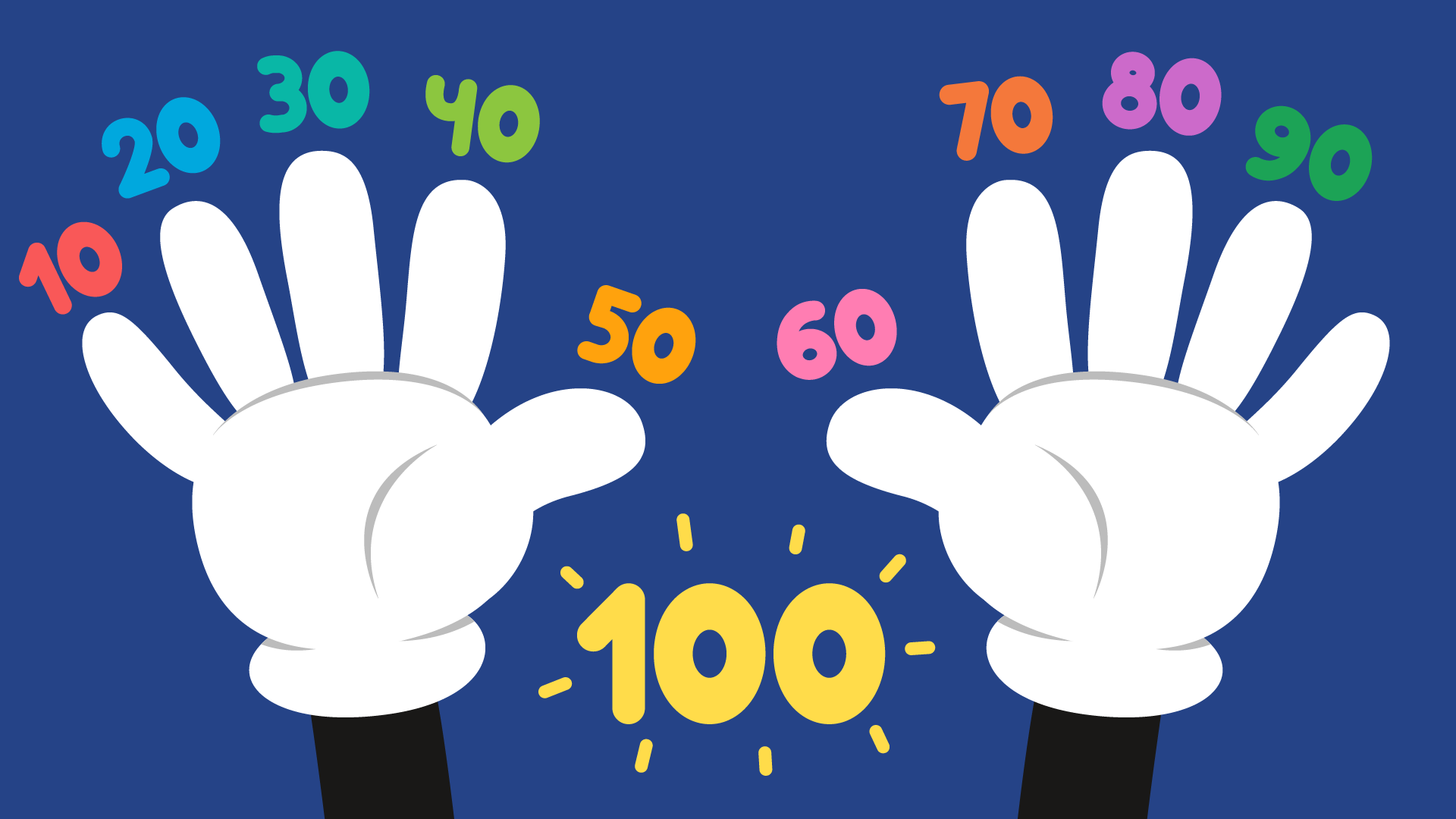Rhythm, Rhyme and Learning to Read
Nov. 30, 2021
You might recognize these lines:
«I cannot go to school today»,
-Said little Peggy Ann McKay.
"I have the measles and the mumps,
A gash, a rash and purple bumps».
These are the first few lines of Shel Silverstein’s beloved poem “Sick”. It’s fun partly because of the silliness of the excuses, which are immediately abandoned once little Peggy Ann is reminded that it’s actually not a school day.
Half the pleasure of reading this poem comes from the rhyme and rhythm. The poem is made up of a series of rhyming lines that each has eight syllables, giving a satisfying da dum da dum da dum da dum heart-beat of a rhythm.
As much as novelty and surprises excite us, humans are creatures of pattern. No wonder we find rhymes in a song or poem so appealing. Neuroscientists tell us we respond unconsciously to rhythm. Rhythm by-passes the frontal lobe, which is responsible for expressive language and a variety of thinking skills, to the cerebellum, which is responsible for balance and movement. But we don’t need a neuroscientist to tell us that rhythm urges us to move.
Yes, but What Do Rhythm and Rhyme Have to Do With Learning to Read?
Children who can recognize and predict rhymes, later go on to stronger achievement in reading than those who can’t. This doesn’t mean that learning to read depends on rhyming ability alone; there is a host of tiny skills involved in reading. Our Talented and Gifted educational app helps your child develop these tiny skills. It does mean that children get more than enjoyment from reading nursery rhymes and other poems.
Rhymes help children to notice the sounds in words. A child who realizes that Jill and hill have the same ending sound will more readily learn to sound out fill and still in a different context.
Children also learn to expect and anticipate a rhyming word, and this can help them predict what word is coming next. They do a similar exercise with reading worksheets at school.
Rhymes make poems and concepts (such as counting) easier to memorize. Many children first “read” from memory and gradually build the skills for reading new things on their own.
In most cases, nursery rhymes and other children’s poems tell a simple story with a beginning, middle and end. This is the same format children will encounter when they read more complex stories. So then rhymes are often a bite-sized introduction to narrative works - children begin the comprehension work of tracking and remembering what happens in a story, who the characters are, when and where the story happens and so on.
The built-in rhythm in nursery rhymes help children to vary their pace, tone and emphasis, something they will need to help them read with meaning later.
Rhythm also makes poems more engaging for little bodies that crave opportunities to move.
The combination of story and rhythm makes for dramatic play that involves imagining, filling in details that aren’t told, and wondering. All of these help children make sense of their world and are essential for making sense of written text. On top of that, reading nursery rhymes provide moments to move and “act out” the story. These mini performances both express creativity, and develop fine and gross motor skills.
Rhyming poems are a hit with pre-schoolers and kindergarteners, and with good reason.
They’re fun, they’re engaging, and they help lay a foundation for reading.
Some nursery rhymes videos for your little one’s viewing pleasure:
This article was prepared by Jacqueline Smith, author of Kids Academy.











